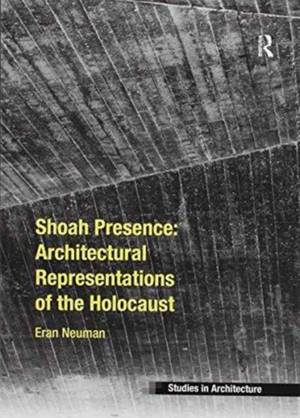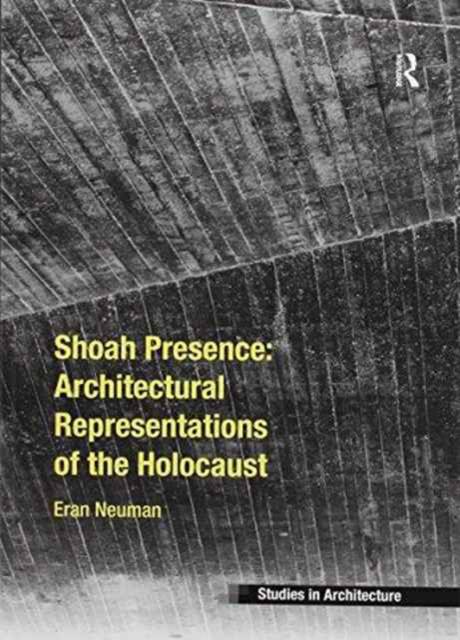
- Afhalen na 1 uur in een winkel met voorraad
- Gratis thuislevering in België vanaf € 30
- Ruim aanbod met 7 miljoen producten
- Afhalen na 1 uur in een winkel met voorraad
- Gratis thuislevering in België vanaf € 30
- Ruim aanbod met 7 miljoen producten
Zoeken
Shoah Presence: Architectural Representations of the Holocaust
Eran Neuman
€ 72,95
+ 145 punten
Uitvoering
Omschrijving
Through the analysis of several commemorative acts in space, matter and image, namely museums and memorials, this book reflects on the ways in which architecture as a discipline, a practice and a discourse represents the Holocaust. In doing so, it problematises how one presents an extreme historical case in a contemporary context and integrates the historical into actuality. By examining several cases, the book defines the issues faced by various architects who dealt with this topic and discusses their separate and distinctive approaches. In each case, it analyses the ways in which the cultural and political contexts of commemoration led to a different interpretation of the condition. Focusing on the Ghetto Fighters' House, the world's first Holocaust museum; Yad Vashem, Israel's national Holocaust memorial in Jerusalem; the US Holocaust Memorial Museum in Washington; and the Holocaust Memorial in Berlin, the book discusses how the representation of history by architecture creates a dialectic process in which architecture mediates the past to the present, while at the same time creating a present saturated with historical contexts. It shows how, together, they are incorporated into one another and create a new reality: past and present intertwined.
Specificaties
Betrokkenen
- Auteur(s):
- Uitgeverij:
Inhoud
- Aantal bladzijden:
- 228
- Taal:
- Engels
- Reeks:
Eigenschappen
- Productcode (EAN):
- 9781138246010
- Verschijningsdatum:
- 14/10/2016
- Uitvoering:
- Paperback
- Formaat:
- Trade paperback (VS)
- Afmetingen:
- 175 mm x 246 mm
- Gewicht:
- 408 g

Alleen bij Standaard Boekhandel
+ 145 punten op je klantenkaart van Standaard Boekhandel
Beoordelingen
We publiceren alleen reviews die voldoen aan de voorwaarden voor reviews. Bekijk onze voorwaarden voor reviews.











